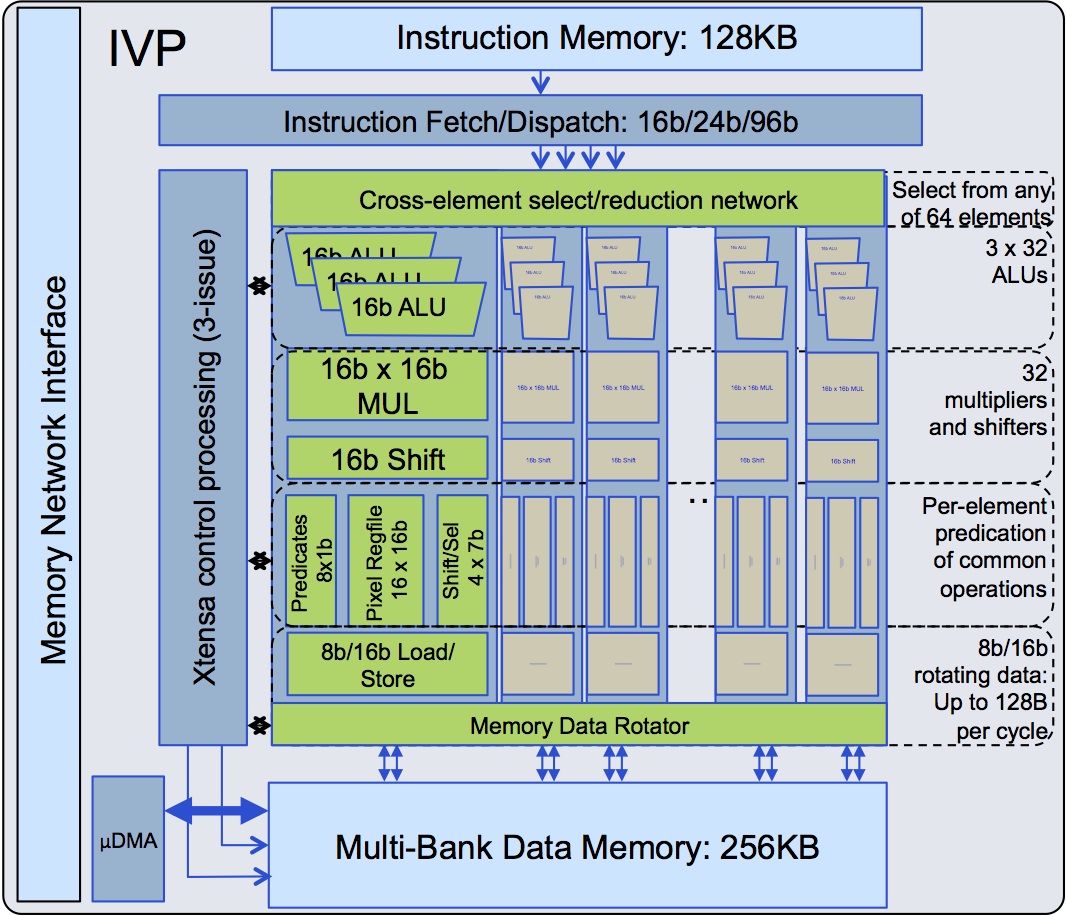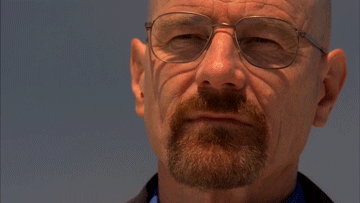wesleyshark
Banned
Well my 2nd cousin's best friend read somewhere that there was going to be support for version 2 discs.
Goodness.
Goodness.
Sony doesn't currently have any UHD BD player on the market. Why?
There's something weird going on at Sony with regards to UHD BD.
You're using one guy's speculation as proof? Seriously? That article is completely speculative without any evidence that proves what he's guessing at. You're going to take that over the firm stance from Andrew House, head of Sony Interactive Entertainment saying flat out there will be no firmware update to add UHD support? How does that make any sense? He's the guy in charge of PlayStation at Sony.
Sony doesn't currently have any UHD BD player on the market. Why?
There's something weird going on at Sony with regards to UHD BD.
Penello said "new optical pickup". There's more to an optical pickup than a single lens. We also don't know for certain that the list of requirements begins and ends there.
Not according to Sony! Masayasu Ito cited an inadequate optical drive and the lack of a proper HEVC decoder in the launch PS4. As for the Pro:
I absolutely believe it's possible for the launch PS4 to decode HEVC video. I flat-out know it, even.Do you really believe that PS4 can't decode HEVC?
There's no H.265 UVD block, the Jaguar is too weak to handle it (even with AVX assembly), so GPGPU it is then?Do you really believe that PS4 can't decode HEVC? My guess is that Sony will update the PS4s to decode HEVC sometime after PS4 Pro is released
I don't know.So apparently the answer is yes.
Jeff: do you at least concede that the 2013 launch consoles will not have a firmware update to support Ultra HD Blu-ray playback in 2016?
For starters, it needs a stronger laser:I'd really like some easier to understand technical articles on what the drive requires to lay that to rest.
I absolutely believe it's possible for the launch PS4 to decode HEVC video. I flat-out know it, even.
I do not believe it's possible for the PS4 to decode 100 Mbps UHD video encoded with HEVC. Why do I think that? Because the guy who heads up the PlayStation hardware group said so, which is also what Stacey Spears said about the Xbox One (and he was on the Xbox video team at Microsoft, for crying out loud!).
There's no H.265 UVD block, the Jaguar is too weak to handle it (even with AVX assembly), so GPGPU it is then?
What's funny is that the PS4 Pro must support both H.264 and H.265 (same quality for half the bitrate), so Share Play, Remote Play and Twitch/YT streaming will most likely use H.264 for compatibility reasons. H.264 1080p60 will require a really fast connection, if it's possible.
UVD 6 is a block of Xtensa DSP with the configurable logic before tapeout supporting 5 HEVC accelerator blocks and is also used for Vision processing. This is what Masaaki Tsuruta, Sony Computer Entertainment 4 January 2012 said was needed in next generation game consoles.There's no H.265 UVD block, the Jaguar is too weak to handle it (even with AVX assembly), so GPGPU it is then?
What's funny is that the PS4 Pro must support both H.264 and H.265 (same quality for half the bitrate), so Share Play, Remote Play and Twitch/YT streaming will most likely use H.264 for compatibility reasons. H.264 1080p60 will require a really fast connection, if it's possible.
We are looking at an architecture where the bulk of processing will still sit on the main board, with CPU and graphics added to by more digital signal processing and some configurable logic.
"some configurable logic"UVD 6 is a block of Xtensa DSP with the configurable logic before tapeout supporting 5 HEVC accelerator blocks and is also used for Vision processing. This is what Masaaki Tsuruta, Sony Computer Entertainment 4 January 2012 said was needed in next generation game consoles.
UVD/VCE are fixed-function hardware blocks. Radeon GPU is a fully programmable one.
Totally different things.
"some configurable logic"
Like the HDMI controller... not necessarily the UVD block.
VCE is a hardware codec, UVD is made using Xtensa DSP from Cadence. You really need to read up on it as it's used for True Audio, OpenVX, Vision processing and Codecs BECAUSE it's 100X more efficient at these tasks than a CPU or GPU.UVD/VCE are fixed-function hardware blocks. Radeon GPU is a fully programmable one.
Totally different things.
"some configurable logic"
Like the HDMI controller... not necessarily the UVD block.

http://www.synopsys.com/IP/security-ip/content-protection/Pages/default.aspx said:Synopsys offers a comprehensive portfolio of end-to-end, complete security for Trusted Execution Environments (TEE) or non-TEE environments including content protection solutions for HDCP 2.2 used in Miracast™, HDMI and DisplayPort applications, and DTCP-IP (CVP-2) for VidiPath/DLNA-enabled devices.
I don't know.
It was possible to support UHD Blu-ray in 2013 but did they? When did they make the decision to not support UHD blu-ray in the 2016 models?
There is still Sony calling the 2013 and 2015 PS4 UHD capable while Microsoft calls the 2013 XB1 HD capable.
While I would still loose the bet, I would be satisfied if ALL PS4s are UHD capable as the 40 million PS4s on the market can be used with ATSC 3.
I'd really like some easier to understand technical articles on what the drive requires to lay that to rest.
Turns out I was correct on many of the points I was making like the OG PS4 has a HDMI 2.0a port which was confirmed at the PS meeting as ALL PS4s support HDR which requires HDMI 2.0a negotiation. Additionally the 2013 and 2015 PS4s are called UHD capable in the efficientgaming.eu website by everyone including Sony. UHD capable is everything but the drive and Player software. I may be wrong in that Sony decided to not support UHD blu-ray on any console not that the hardware in 2013 couldn't support it.
jeff_rigby
Banned
jeff_rigby
Banned
Wait Rigbys banned? What for?
I'd like to know too?Wait Rigbys banned? What for?
People told you this for months and you steadfastly denied the possibility.
Basically Hillary truthing.He posted something in the Hillary-Pneumonia thread. I think that might've been it.
Wait Rigbys banned? What for?
Wait Rigbys banned? What for?
Hillary's health was perfect in 2013He posted something in the Hillary-Pneumonia thread. I think that might've been it.
Hillary's health was perfect in 2013
In point of fact, engineers on both sides of the equation have denied that the hardware in question is capable of supporting UHD BD. Jeff switching gears from "The PS4 and X1 will be firmware updated to support UHD BD" to "The PS4 and X1 could have been firmware updated to support UHD BD" is just a continuation of his unwavering belief that he's right and everybody else who says otherwise is wrong. His position on the matter effectively remains unchanged.

I haven't been following this train too much but if all PS4s can be patched to have hdr support, does that mean that they all have hdmi 2.0 ports?
I haven't been following this train too much but if all PS4s can be patched to have hdr support, does that mean that they all have hdmi 2.0 ports?
By simply sending out the full color information via HDMI that has been calculated internally for quality reasons anyway. Most game engines nowadays do, then cut back to standard color definition range in the final step. Omit this step and you get the real picture.Does anyone know how old PS4s are doing HDR?
By simply sending out the full color information via HDMI that has been calculated internally for quality reasons anyway. Most game engines nowadays do, then cut back to standard color definition range in the final step. Omit this step and you get the real picture.
Apparently the custom HDMI chip does have the needed reserves to transport the additional data. Even Rigby got some parts right.
PS3 does 1080p per eye for 3D BD. You can't do it for games though not even on 1.4 proper because of bandwidth limits to 30fps.Doesn't look like it. I think we'll find that the retroactive HDR support is something of a "hack", not unlike how the PS3 supports 3D Blu-rays by actually rendering them at 1080i per eye rather than 1080p.
I'm not certain how this site can affirm that the chip is (restricted to) HDMI v1.4, since its specifications aren't available from Panasonic's web site.
Thankyou thankyou thankyou for bringing information with cites to the thread to discuss.
A PC UHD capable drive requires a BDA licence and has to include perpetual access to two servers maintained by the drive manufacturer. A Embedded/Game Console drive does not require a licence or server support for the drive.
How is IHS determining UHD capable drive costs? By PC UHD drive costs or by Embedded? According to Penello a UHD capable drive requires a firmware update to a HD drive and a new lens. This does not change/increase the cost of a drive.
A version 2 disk is mentioned in a 2010 Sony patent and defined in a 2010 BD-R whitepaper and support was in 2011 BD-RE V3 drives. The new Lens mentioned by Penello would have been in the 2011 BD-RE drives but not in old spec 2006 BD-ROM3 drives. BD-ROM4 drives can read the same Version 2 disks that BD-RE V3 drives can read and have already been firmware updated to support the changes required by the BDA for UHD player software.
She finally got Pneunomia Playback compability.
PS3 does 1080p per eye for 3D BD. You can't do it for games though not even on 1.4 proper because of bandwidth limits to 30fps.
The limitations manifest with sound on the phat due to no bitstream support.
I'm not certain how this site can affirm that the chip is (restricted to) HDMI v1.4, since its specifications aren't available from Panasonic's web site.
The underlying logic is probably thus: Panasonic's HDMI 2.0-compliant transmitters have a much higher model number while the similarly yet higher-numbered MN864717M supports HDMI 1.4b, ergo it can be reasonably assumed that the MN86471A is HDMI 1.4-based. I'd guess that the chip isn't listed on Panasonic's site as it's a bespoke (custom-made) component of the PS4 rather than a general-purpose part, which would certainly explain how the PS4 supports 1080p120 for the purpose of PSVR.
1080p @ 120Hz is possible on HDMI 1.4b.
1080p at 120Hz, then, would fit within even HDMI 1.4b's 340MHz pixel clock (1920 * 1080 = 2.07 million * 120 = 248 million pixels per second). There's more to it than that, though, and HDMI 1.4b simultaneously supports and does not support 1920x1080 at 120Hz. It supports the 120Hz 1080p throughput only for 3D processing, which it does by cloning the data packet for concurrent output to the display device. For 2D viewing – which is what almost all gamers mean when they want “120Hz” – HDMI 1.4b is stuck at just 60Hz for 1080p. This is commonly misunderstood in the HDMI 1.4b spec language.
Well, yes and no. From the article linked to above:
